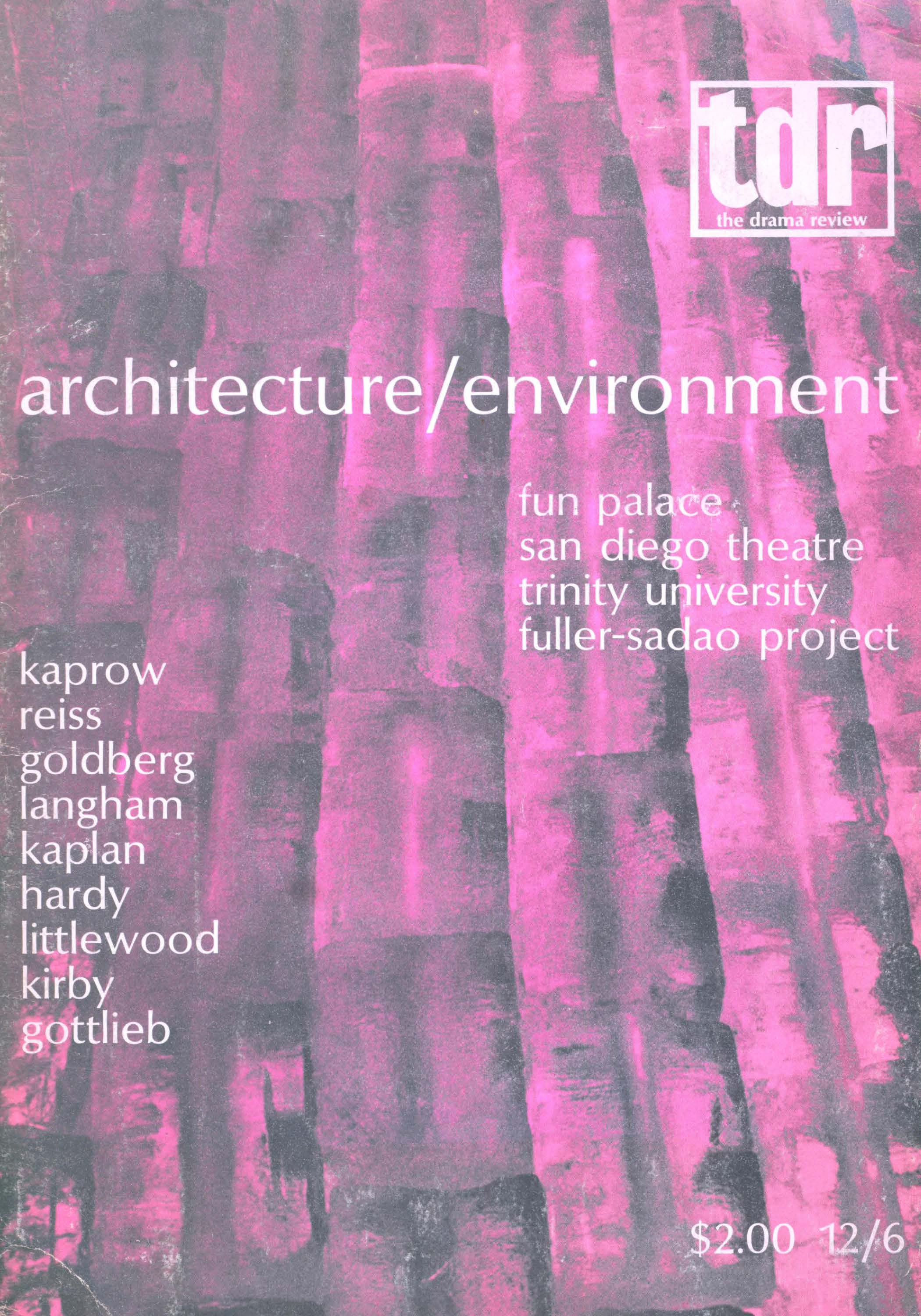No CrossRef data available.
Article contents
The Scenography of the Traditional Theatre of India
Published online by Cambridge University Press: 07 December 2021
Extract
Indian traditional theatre, like all Asian theatre, is a participative theatre, aiming at the closest possible relationship between the actor and the audience; it is this objective that determines in many ways the principles and practices of the scenography.
Most of the traditional theatre performances are open-air events, organized on the level ground, a platform stage, or as a mobile processional spectacle. They are presented in fields after the harvest, streets, open spaces outside town (often permanently designated for performances), fairs, markets, and—especially for the Ramayana and the Krishna legend shows—temple gardens, riverbanks, market squares, and courtyards. The idea of dramatic performs being an open-air street show is so basic that the very name of some of these presentation denotes this. The therrukkuthu of Tamilnadu is one such form: Terru means “street” and kultu means “play.” Another form is Veethinatakam: Veethi means “street”; natakam is “play.” The performances are social events not separated from the community activity.
- Type
- Indigenous Theatre
- Information
- Copyright
- Copyright © 1974 The Drama Review
References
The title photograph on the preceding page is of a moment in a Ramlila spectacle at Ramanagar in north India. The photographs accompanying this article are from the Sangeet Natar Academy. The sketches were done by Vijaya Kumar.


